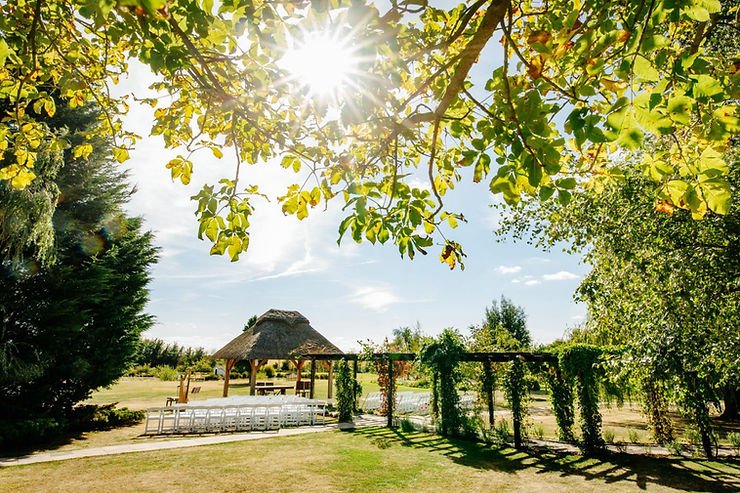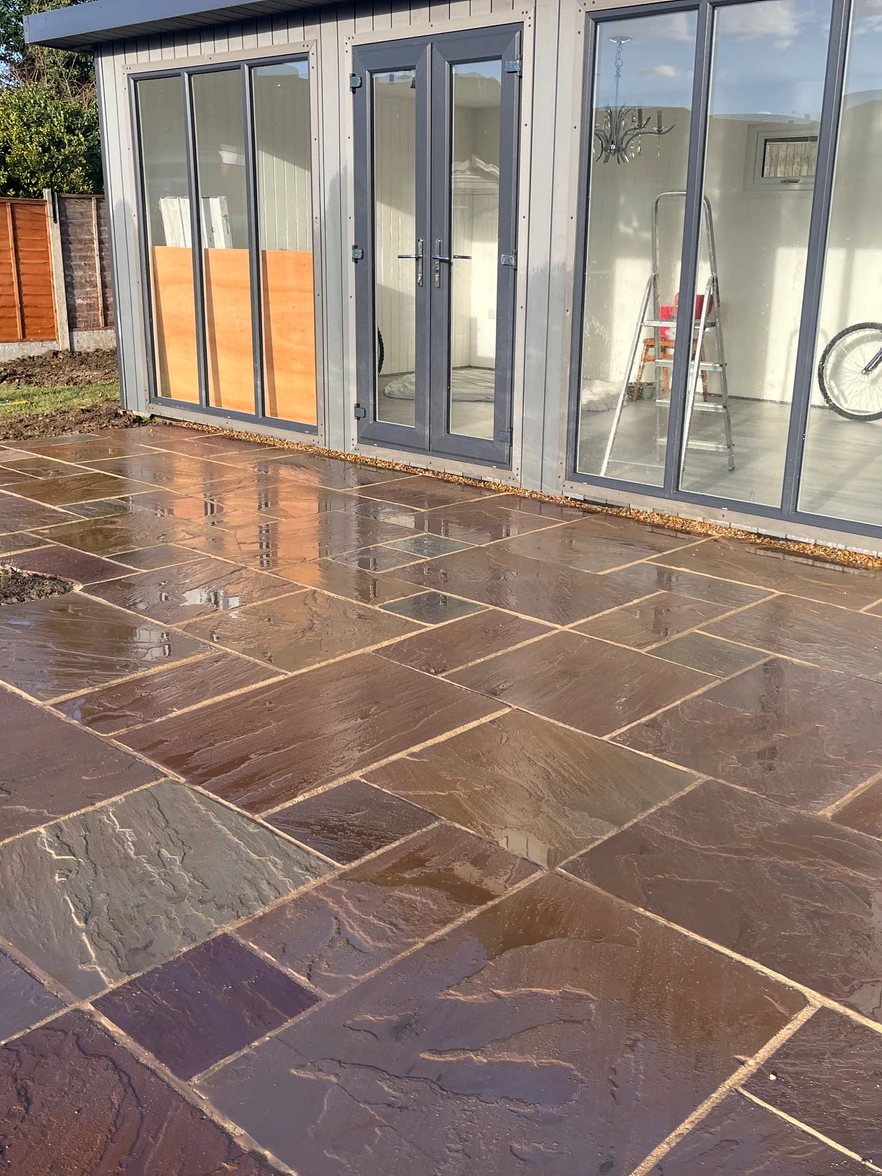Our Complete Guide To Garden Design: Designing Your Space

Designing Your Garden Space: Key Principles and Tips
Designing a garden is more than just arranging plants and features; it’s about creating a cohesive, functional, and beautiful space that enhances your home and suits your lifestyle. Whether you’re working with a small courtyard or a sprawling garden, good design principles can help you maximise the potential of your outdoor space. This guide will take you through the essential steps and considerations for designing your garden, ensuring it becomes an inviting extension of your home.
1. Assessing Your Space
The first step in designing your garden is to assess the space you have to work with. Take note of the garden’s size, shape, and any existing features such as trees, sheds, or patios. Understanding the natural light, soil type, and drainage is also crucial, as these factors will influence what plants will thrive and where different garden elements should be placed.
Consider how you want to use the space: do you need a play area for children, a quiet spot for relaxation, or a space for entertaining? By clearly defining the purpose of your garden, you can start to plan a layout that meets your needs.
2. Creating Zones
Dividing your garden into different zones can make even the smallest spaces feel larger and more functional. Think of your garden as an outdoor room, with areas dedicated to different activities, such as dining, lounging, or gardening. Use hedges, screens, or changes in flooring materials to subtly define these areas without making the garden feel closed off. For example, a raised deck can delineate a dining area, while a gravel path can guide visitors through different sections of the garden.
In larger gardens, zones can help create intimacy and interest by breaking up the space into manageable parts. For example, you might have a formal lawn area, a wildflower meadow, and a shaded woodland walk, each offering a different experience as you move through the garden.
3. Designing for Flow Of Your Garden Design
Good garden design encourages a natural flow, guiding people through the space with ease. Pathways and sightlines play a key role in directing movement. Consider how you will move between the house and various garden areas, and ensure pathways are wide enough for comfortable use.
Curved paths can add a sense of intrigue, encouraging exploration, while straight paths provide a more formal and direct route. Align pathways with key features or focal points, such as a beautiful tree, a sculpture, or a water feature, to draw the eye and create a sense of purpose in the design.
4. Balancing Hard and Soft Landscaping
A successful garden design balances hard landscaping—such as patios, walls, and decking—with soft landscaping, including plants, lawns, and borders. Hard landscaping provides structure and functionality, while soft landscaping adds texture, colour, and life.
When planning your garden, consider how the two elements will interact. For instance, a sleek, modern patio might be softened with lush planting along the edges, or a traditional stone path could be flanked by cottage garden favourites like lavender or roses. The key is to ensure that the hard and soft elements complement each other, creating a harmonious and inviting space.
5. Choosing the Right Plants
Plant selection is crucial to the success of your garden design. Start by choosing plants that are suited to your garden’s conditions, such as sun-loving plants for south-facing areas or shade-tolerant varieties for darker corners. Consider the size of the plants at maturity to ensure they won’t overwhelm the space or each other.
Think about the overall style you want to achieve. A formal garden might include neatly clipped box hedges and topiary, while a more relaxed, wildlife-friendly garden could feature a mix of perennials, grasses, and native plants. Incorporating a mix of evergreen and deciduous plants can provide year-round interest, with flowers in the spring and summer, autumn foliage, and winter structure.
6. Incorporating Vertical Elements
Vertical elements can add height and interest to your garden, drawing the eye upwards and making the space feel larger. Use trellises, arches, or pergolas to support climbing plants, creating lush green walls or fragrant tunnels. In smaller gardens, vertical gardening techniques, such as green walls or tiered planters, can help you make the most of limited space while adding a stunning visual feature.
7. Adding Personal Touches
A garden should reflect your personality and style, so don’t be afraid to add personal touches. Whether it’s a favourite plant, a bespoke sculpture, or a quirky piece of garden furniture, these elements can bring a unique character to your space. Consider adding features that appeal to your senses, such as a bubbling water feature, fragrant plants, or a cosy seating nook.
Lighting is another powerful tool that can transform your garden, extending its use into the evening. Use a mix of ambient, task, and accent lighting to highlight key features, create mood, and ensure pathways are safely illuminated.
Conclusion
Designing your garden space is an exciting journey that allows you to express your creativity and enhance your outdoor living experience. By carefully planning the layout, balancing hard and soft elements, and adding personal touches, you can create a garden that not only meets your practical needs but also provides a beautiful sanctuary for relaxation and enjoyment. Remember, a well-designed garden grows and evolves over time, so allow space for change and be open to new ideas as your garden matures. With thoughtful design and a clear vision, your garden can become a cherished part of your home.
Our Landscape & Brickwork Projects




Book Your Garden Design Consultation
Ready to elevate your property in Essex? Start your garden design journey with a consultation at Anthony James Group today. Our experts are here to listen to your ideas, understand your vision, and offer tailored solutions to enhance the beauty and functionality of your outdoor space.

